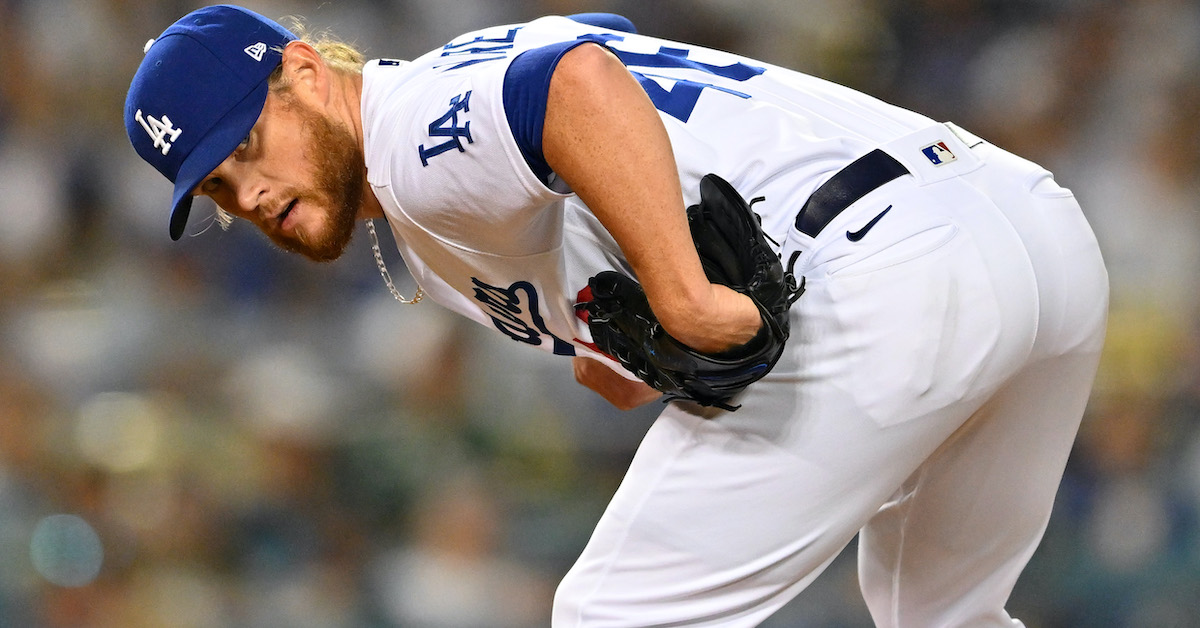Milwaukee’s Peter Strzelecki Wants To Be a Role Model

Peter Strzelecki is a success story who also strives to be a role model. Signed by the Milwaukee Brewers as an amateur free agent after being bypassed in the 2018 draft, the right-hander out of the University of South Florida is now thriving as a 27-year-old rookie. Since making his big-league debut on June 2, Strzelecki has come out of the Brewers bullpen 13 times and allowed five earned runs over 16 innings. Quietly effective, he’s surrendered 15 hits, issued seven free passes, and fanned 20 batters.
Strzelecki discussed the repertoire and mindset that got him to Milwaukee, and how his rags-to-riches journey can serve as an inspiration to others, when the Brewers played at Fenway Park in late July.
———
On going from being undrafted to reaching the big leagues:
“It’s mostly just having a lot of confidence in myself and having a lot of good people surrounding me. It started with the scout that signed me, and then there’s my support system — my family, and everyone else.
“I’ve definitely improved. At the same time, I’ve always felt like I had the stuff. It’s been more of how the Brewers have helped me know how to use it. When you get to a level like this… in the big leagues, everybody has good stuff, so it’s a matter of how you can best execute it. Pitch location is part of that.
“Another thing is that I’ve had to prove myself over a long period of time. I’ve had to prove to whomever that my stuff was good enough, that I was good enough, to pitch at this level.” Read the rest of this entry »









